Time can be a difficult thing to make meaningful in Dungeons & Dragons. Depending on the campaign, the entirety of the story can play out over the course of a couple of weeks, and that can be a letdown for players looking to use time-based mechanics like Bastions or crafting.
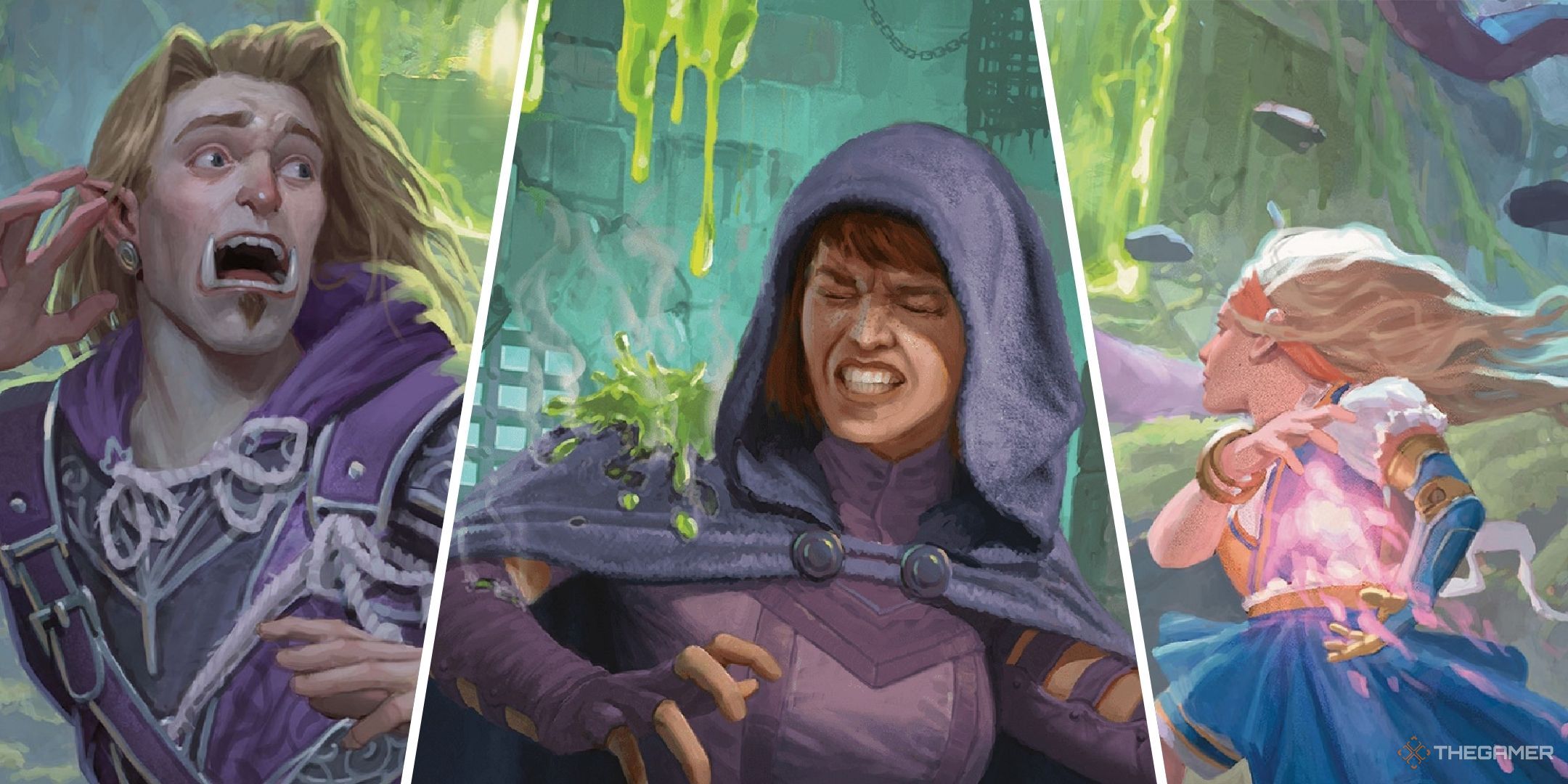
Related
Dungeons & Dragons: How To Create Magical Contagions
Please stay one map tile away from others in the queue.
In the other direction, you sometimes want to create urgency for your players. The difficulty of a well-planned session can be thrown into disarray if the party takes long rests after every encounter. Here are some methods for managing the clock in your game that won’t take too long to learn.
Managing Time In Combat
It can be easy to forget some time-specific effects that can take place in a fight. When a spell’s duration is one minute (ten turns), it’s easy to forget exactly how much time it has remaining.
There are a few methods for ensuring that these short-duration effects can be accurately tracked.
- Hand-wave most durations as “until the end of combat.” This is generally the best method for drop-in games with unfamiliar players. Rather than making everyone count out the number of combat rounds until Bigby’s Hand runs out, you can simply rule that they’ve got access to it for the length of the encounter. This won’t disrupt balance too heavily, as few fights go on beyond ten rounds.
- Have tools for duration tracking. This can be as simple as a sheet of paper with a tally representing the current round number and notes for when certain effects will expire. If playing with miniatures, you might be able to attach markers to them representing effects that activate or end on their turn.
- Use VTT add-ons. Depending on the VTT you’re using, there might already be functions for tracking durations. Foundry, for example, can automatically remove effects that would fade at the start or end of a player’s turn.
Managing Time In Gameplay
Lots of spells and abilities have specific durations that require the DM to track or measure the impact.
A good example listed in the DMG is the Locate Object spell: It tells you the direction to go to find an object, but the ten-minute duration is liable to expire before it is found. The spell doesn’t indicate how far away it is, so the players also won’t know how close they are when the spell ends.
For most similar situations it can be safe to keep the exact timings vague. A group of players moving with urgency can travel 1,000 ft in ten minutes to find the item unless it’s moving or hidden. If anything interrupts this travel, they’re liable to be too slow.
Another approach is to break up non-combat timing into ten-minute increments. This gives concrete numbers on how far the players can travel in the time a spell would last and whether they can take time for diversions. You can create obstacles that consume a set quantity of time. Being stopped and searched by the city guard can be a ten-minute delay: Enough to disrupt a locate objects spell but not enough for a disguise self spell to fade.
Managing Rest Times
It’s a frequently discussed problem that the duration of most combat activities and spells are measured in seconds or minutes, but adventuring is ostensibly an all-day affair. With an eight-hour-long rest and maybe two short rests of an hour each, the DM needs to create fourteen hours of adventure, and only a few minutes can be spent fighting.
Most DMs will work to avoid the ’15-minute adventuring day’ where players use their combat abilities in the first encounter and then spend most of the day crafting, working a second job, or resting.
You have a few different solutions to this problem:
|
Approach |
Description |
Benefits |
Costs |
|---|---|---|---|
|
Creating a narrative reason why the players need to act fast can limit the amount of time they take along the way. |
This is very easy to do. Just have the antagonist’s plans advance over time. You can set a fixed deadline or make a sliding scale for the progress of their plans. |
If you emphasize the wrong amount of urgency, the party might push too far without resting. This can easily cause them to be wiped out by the next combat. |
|
|
Rewards For Speed |
Creating reward structures for fast work avoids the problem of the world ending if the party doesn’t meet the deadline. |
It gives the players the choice of whether to engage with any time mechanics. |
The players might choose not to engage with the time mechanics, wasting your time for having prepared the extra content. |
|
Out Of Character Agreement |
Some groups are fine with the DM telling them when it’s appropriate for them to take downtime and rest. |
This is the easiest on the Dungeon Master and has little room for misunderstandings. |
Some players would prefer a more immersive method. |
|
Attaching Time Costs To Actions |
Skill checks don’t have to be an instant process: Even with a good perception check, a character might still need to spend time examining the scene. A minute-long fight might be followed by a half-hour of treating wounds, cleaning weapons, and funerary rites. |
This can be very immersive if done well. It also adds to the decision-making process when the players are choosing between different skill approaches with alternate time costs. |
This can give extra short rests to players who deliberately opt out of non-combat actions. Characters with fewer skills will get less spotlight time. |
Managing Time Around Bastions
Bastions introduce new time-based mechanics for all players, and not just the ones with crafting opportunities and side quests.
The design of bastion turns is intended to be flexible for different scales of campaign length. Rather than awarding them after periods of time, the DM can award them based on character level or certain plot points.
The DMG includes further suggestions about how to pace the timing of a campaign in the design process. You can adjust other aspects of how quickly the players can act to fit the pace of the narrative. Allowing for faster rests or crafting can help with a cinematic experience while requiring several days of downtime to gain a long rest allows a grittier game and a more persistent setting.
Whether the adventure represents a decades-long expedition or a weekend escapade, the number of bastion turns remains the same. You can extend this rule to other time-sensitive activities if you wish, quantifying a bastion turn into a week of progress in crafting or training, even if those activities would normally take a different duration.
Depending on the power level of your campaign, you can give extra bastion turns per character level. Five or six turns is good for most campaigns, along with five weeks of downtime activities.

Related
Dungeons & Dragons: Fear And Mental Stress, Explained
Here’s how Fear and Mental Stress work in D&D!
Managing An In-Game Calendar
Creating a calendar for your campaign or the setting can be a challenge with no singular answer.
Most DMs will lean towards a calendar that resembles Earth’s, for simplicity and ease of converting units of time. Greyhawk’s calendar has seven days in it but simplifies the yearly calendar to 360 days and no leap years. You can choose to give the day and months unique names or keep them recognizable for ease of use.
If you’re moving too far from Earth’s calendar, you’ll want to make detailed notes. Some Virtual Tabletops or worldbuilding apps have tools for creating unique calendars.
The realm of Faerun, a common official D&D landscape, uses a ten-day week, with months being three “tendays” each.
An immersive option for worldbuilding is to create competing or complementary calendars. Our own world still has festivals and events tracked using the lunar calendar rather than the Gregorian calendar. Conceptions of “the weekend” also vary by culture, so shared calendars might enable different standards of timekeeping.
The Dungeon Master’s Guide notes that for some settings, precise timekeeping might not even be a consideration. The modern workweek might be much less relevant to the calendar of your setting as broad seasonal events such as harvests, plantings, and lunar events. Similarly, a setting that hasn’t invented clocks is liable to have a looser definition of scheduling. An NPC might agree to meet the party at around midday, which for us could mean any point between 11am and 1pm.
You can use this to make a unique calendar for your setting depending on how time is divided:
- Equatorial zones are unlikely to have concepts similar to seasonal calendars in temperate settings.
- Most magic items regain their power ‘at dawn’. Dawn might be considered the first hour of the day rather than starting from midnight.
- Religious rites and seasonal festivals might be the main measure of time’s passage. Counting individual days might not be too relevant outside these events.
- Astronomical cycles such as lunar calendars are simple with one moon, but most D&D settings have several.
You can also look to historical societies for examples of different calendar forms. Bronze Age Egypt used a 365-day calendar but only three seasons.
Managing Session Times
On top of managing the passage of time within sessions, it can also be a challenge for the DM to pace the actual play session.
The players have the potential to make lots of different choices that may result in them going through your planned material faster or slower than expected. It takes some skill and practice to always have your session end at the same time each game night.
Here are a few techniques for how to manage the timing of your game. You can use any or even several together, depending on your own approach to Dungeon Mastering.
Modular Session Design
This is an approach that many DMs will arrive at naturally if they find a session is behind schedule. They might cut out a non-important encounter, such as a puzzle room or a minor combat.
The players come out the other side on time and without any realization that they missed out on the content you prepared. Instead of discarding the encounter, you can repurpose it for use in a later session.
You can also do the reverse and have extra encounters prepared for if the party is moving too quickly.
The downside of this method is that it relies on your ability to either plan ahead or quickly adapt to the circumstances.
Create An Out-Of-Character Timer
Having timers that are independent of in-game events can encourage the players to move through an adventure with urgency, both in and out of character. If you tell the players that they must stop the evil wizard in a single three-hour session, they’ll avoid most tangents. They might also make risky decisions in character with the hopes of saving time.
If the party manages to clear the session ahead of the timer, instead of this being a disappointingly short session, it becomes a cause for celebration; they managed to save the world with a good margin. If they are unable to finish on time, you can end the session on schedule and start the next game with the consequences of their failure.
The risk with this method is that you’re setting the doomsday clock in advance and can’t change it later. If you’re creating the possibility for the players to fail, you need to have a plan for how the plot would continue afterward.
Quantum Ogres
This is a sometimes controversial Dungeon Mastering technique that keeps the timing of sessions consistent regardless of player choices. The idea is that whether the players follow the left or right path in a labyrinth, they will end up fighting the titular ogre, which is quantum superimposed on both paths, until the players choose one to observe.
Some groups will dislike this approach: It can be seen as removing player agency, as their decision is ultimately rendered meaningless.
There are ways of handling this that retain player agency. If you prepare a combat encounter against a group of humanoids and then have the party choose between several factions to ally or fight against, you can apply changes to the combat to represent their choice while not having to prepare unique encounters for every choice.
Similarly, the party might choose any of several paths through a fortress with a shared destination of the throne room, where they need to defeat the boss. The time-consuming part is the combat, but the players can have a myriad of social and puzzle encounters along the way.
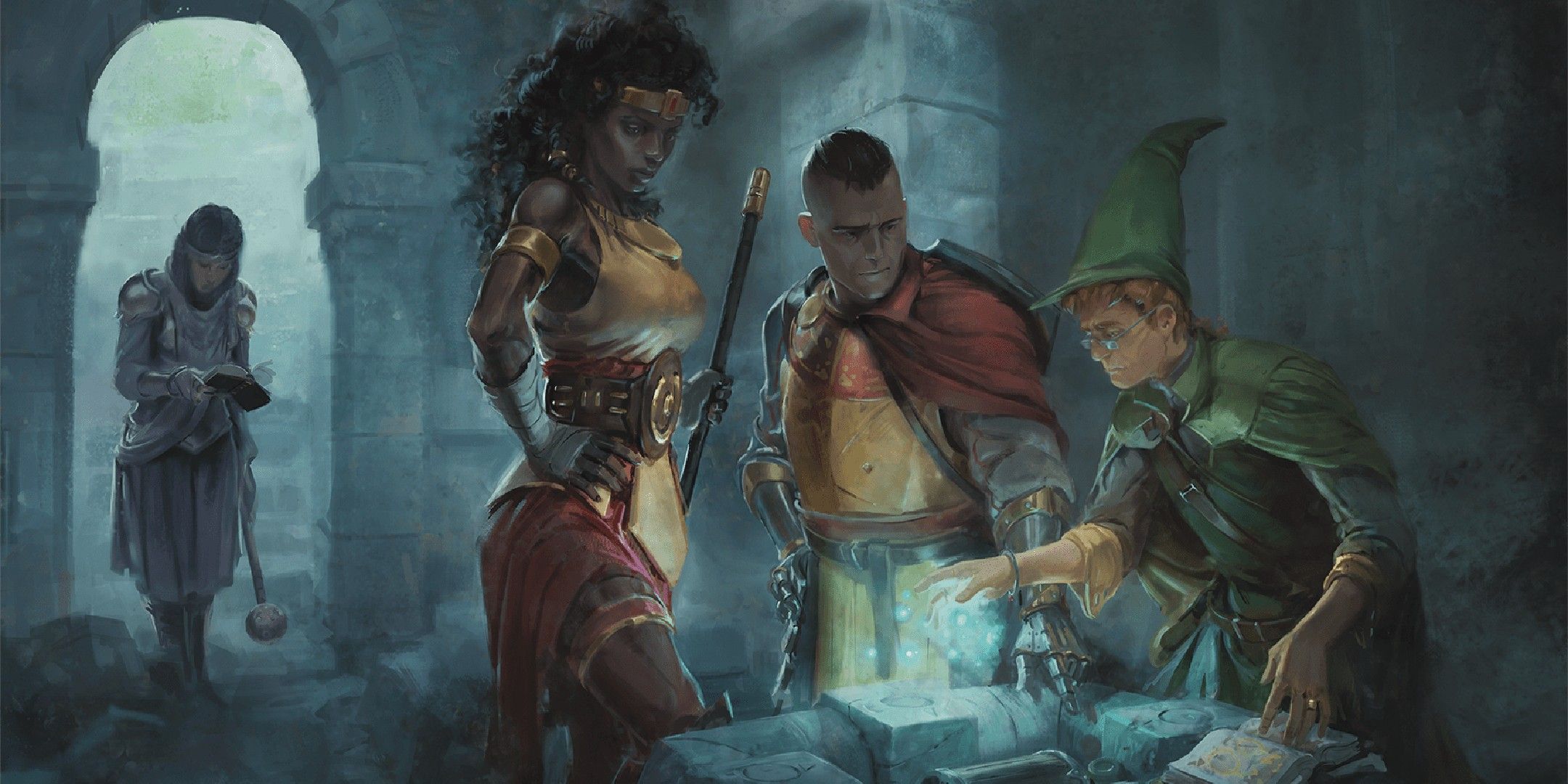
Next
Dungeons & Dragons: How To Handle Intra-Party Conflict
Don’t let your players become hostile monsters.
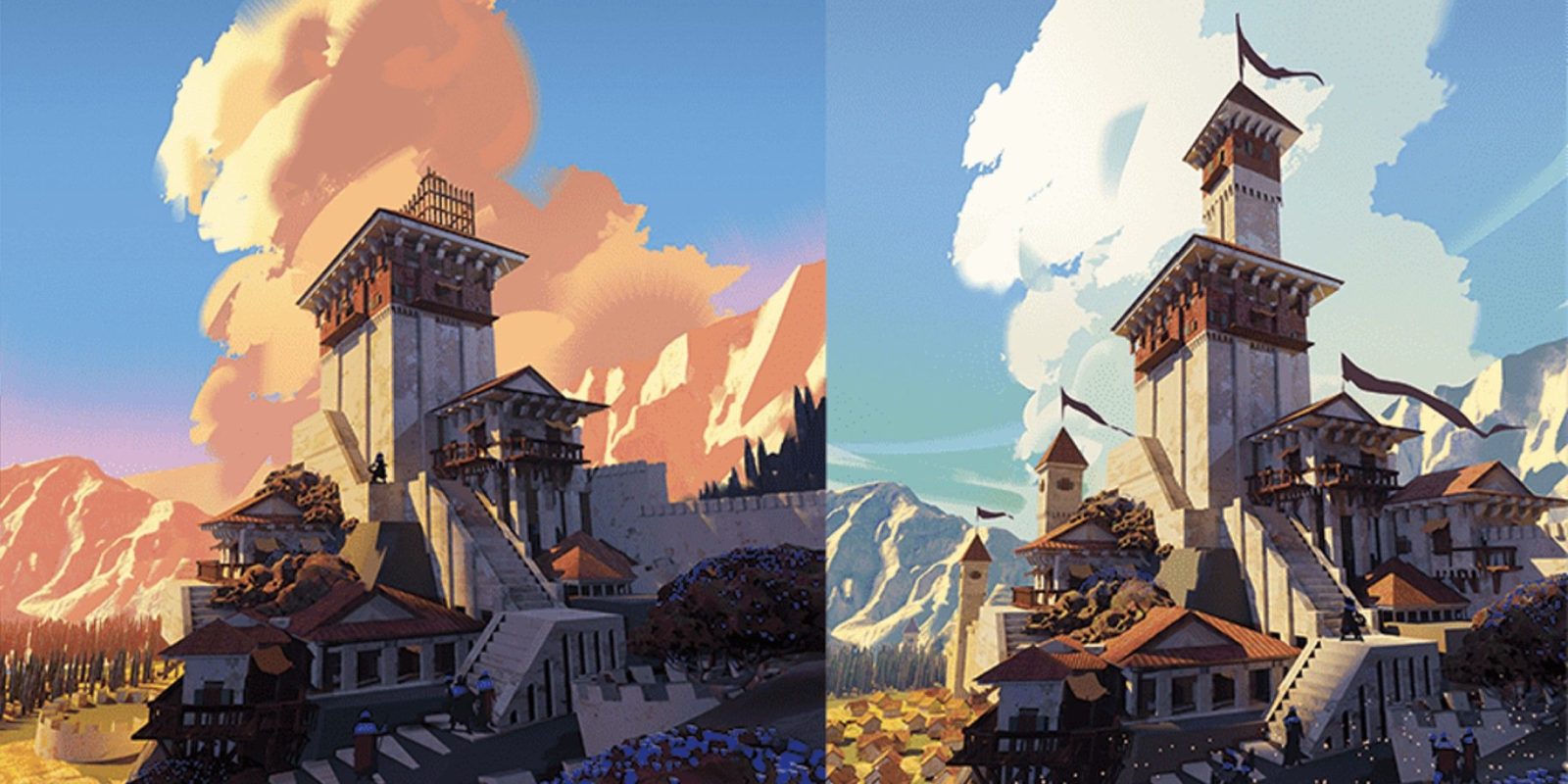
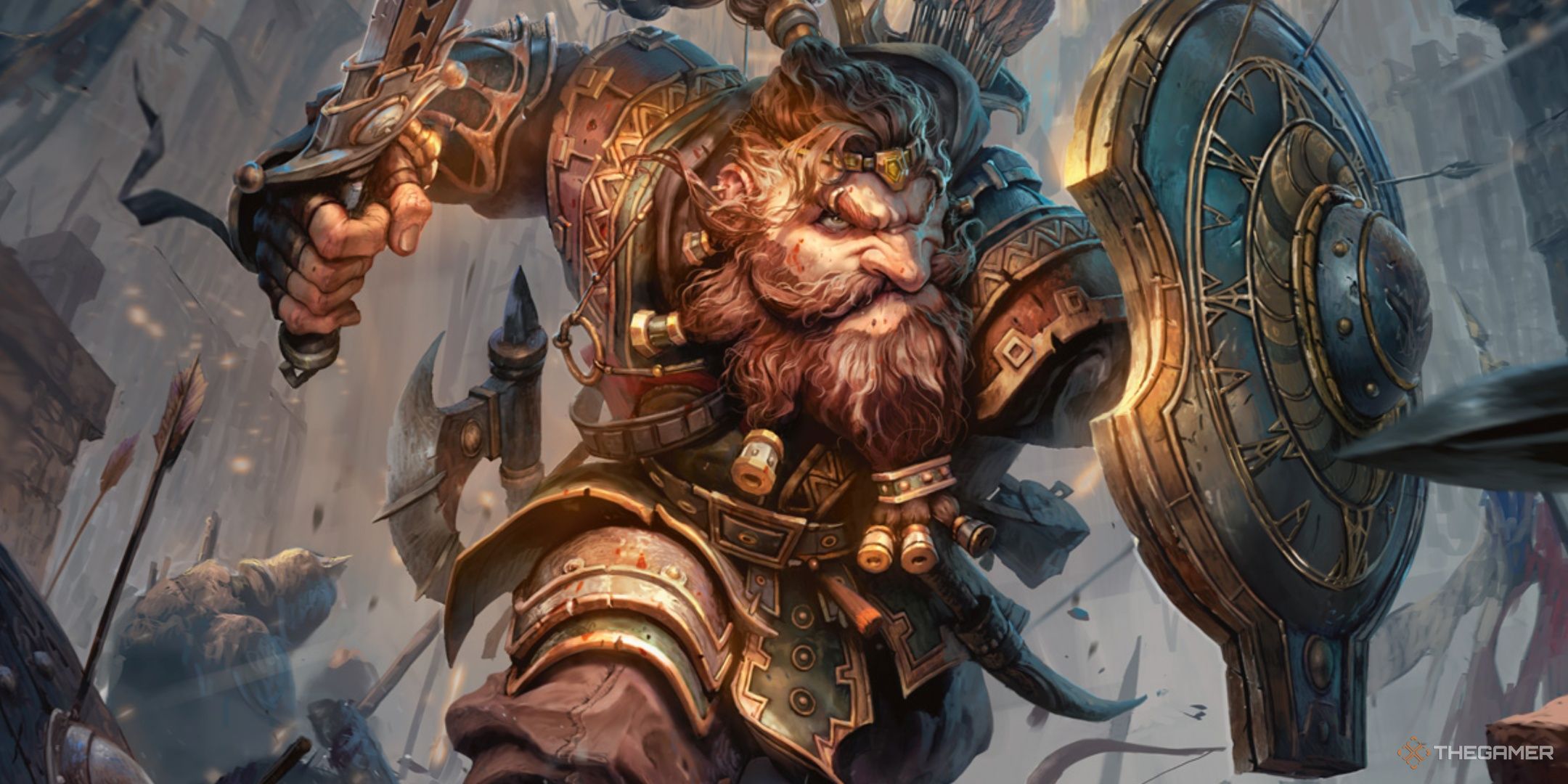
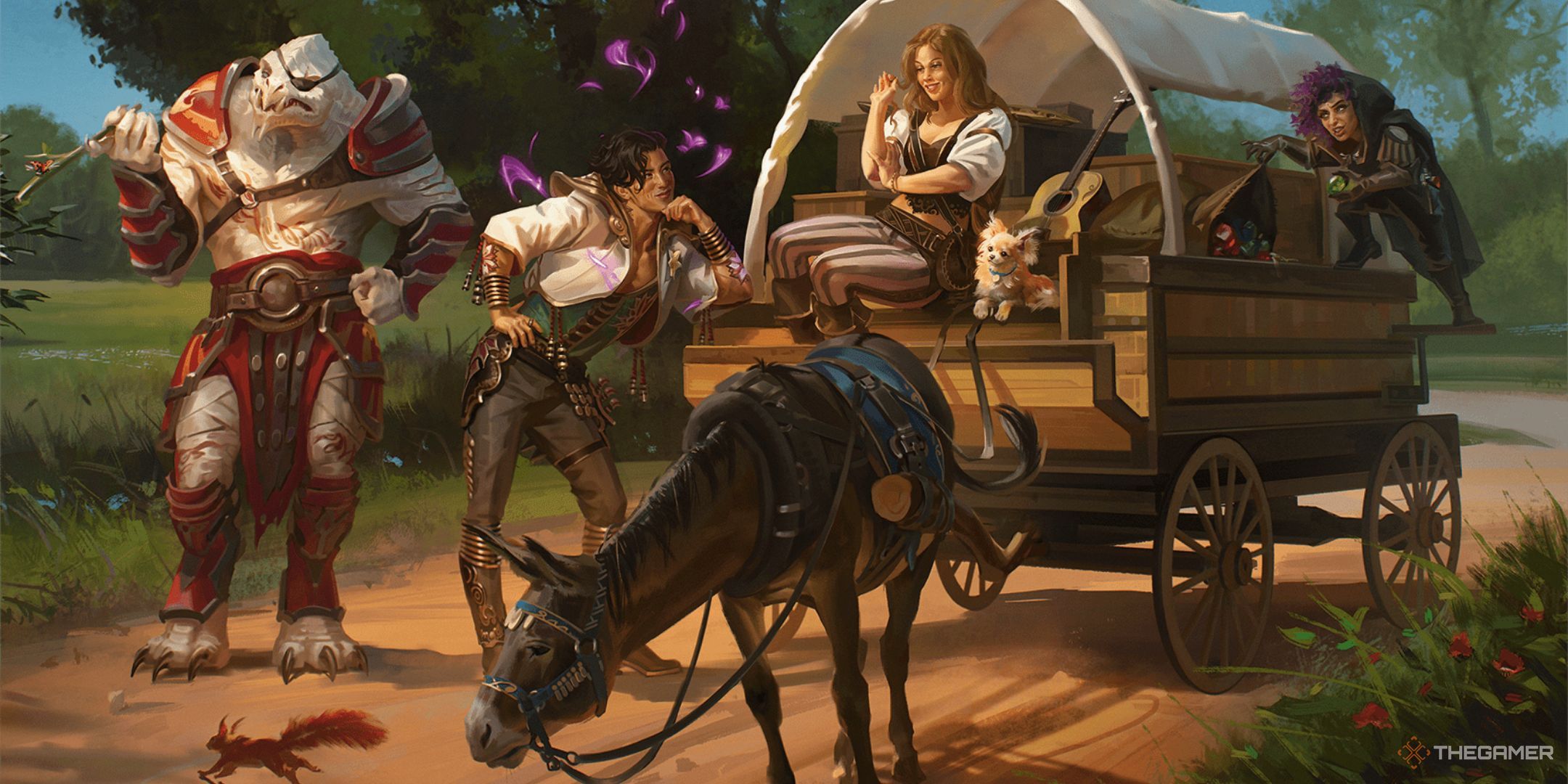



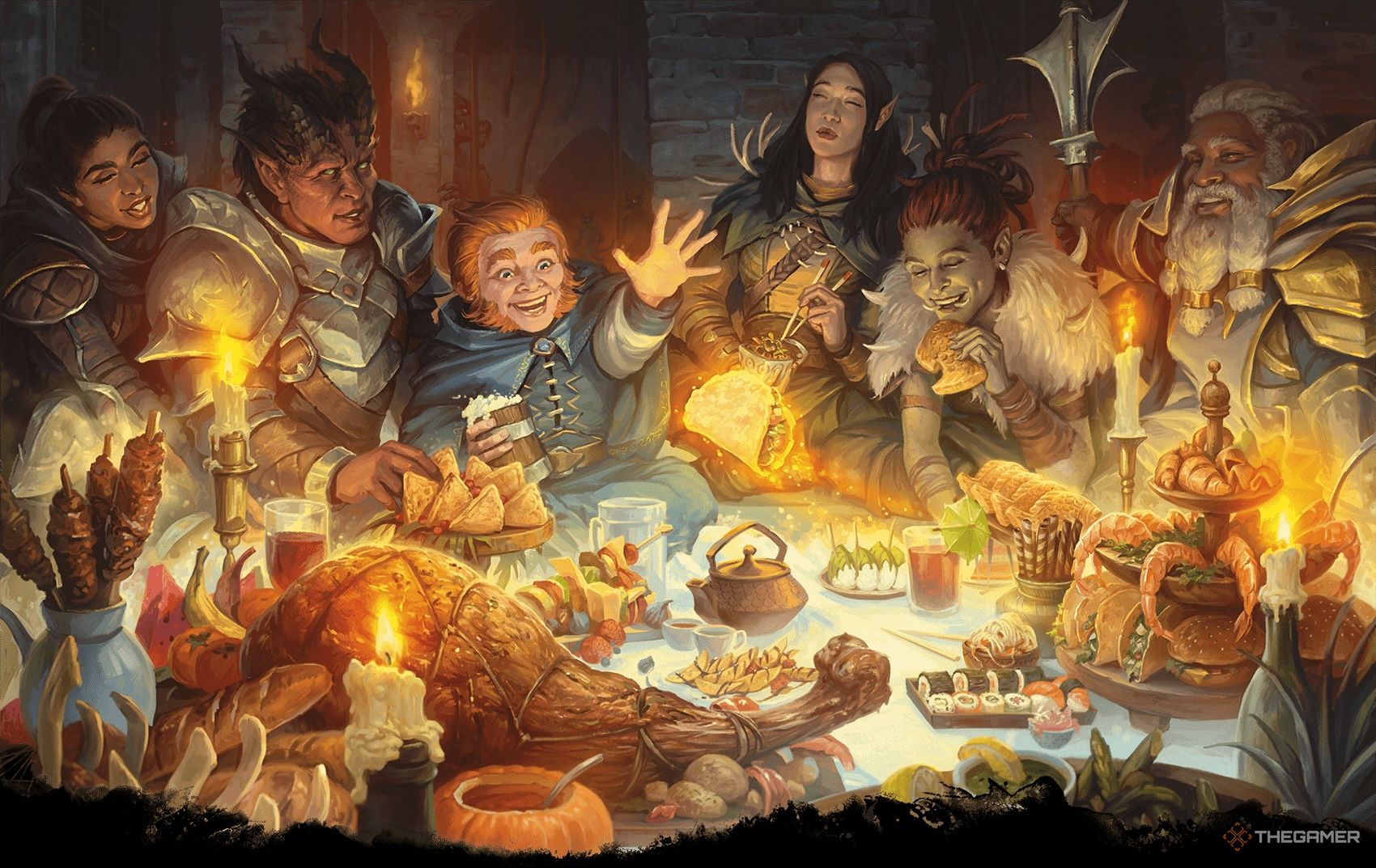


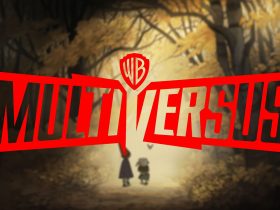


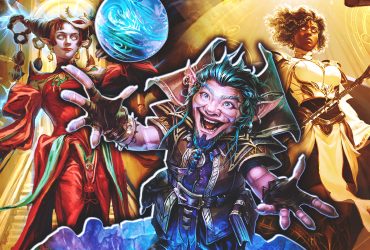
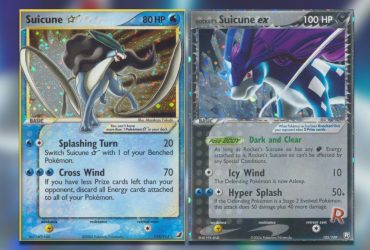

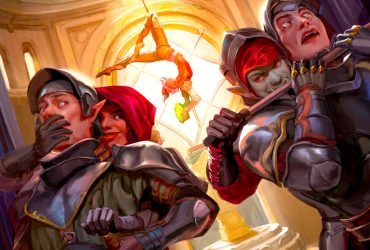

Leave a Reply